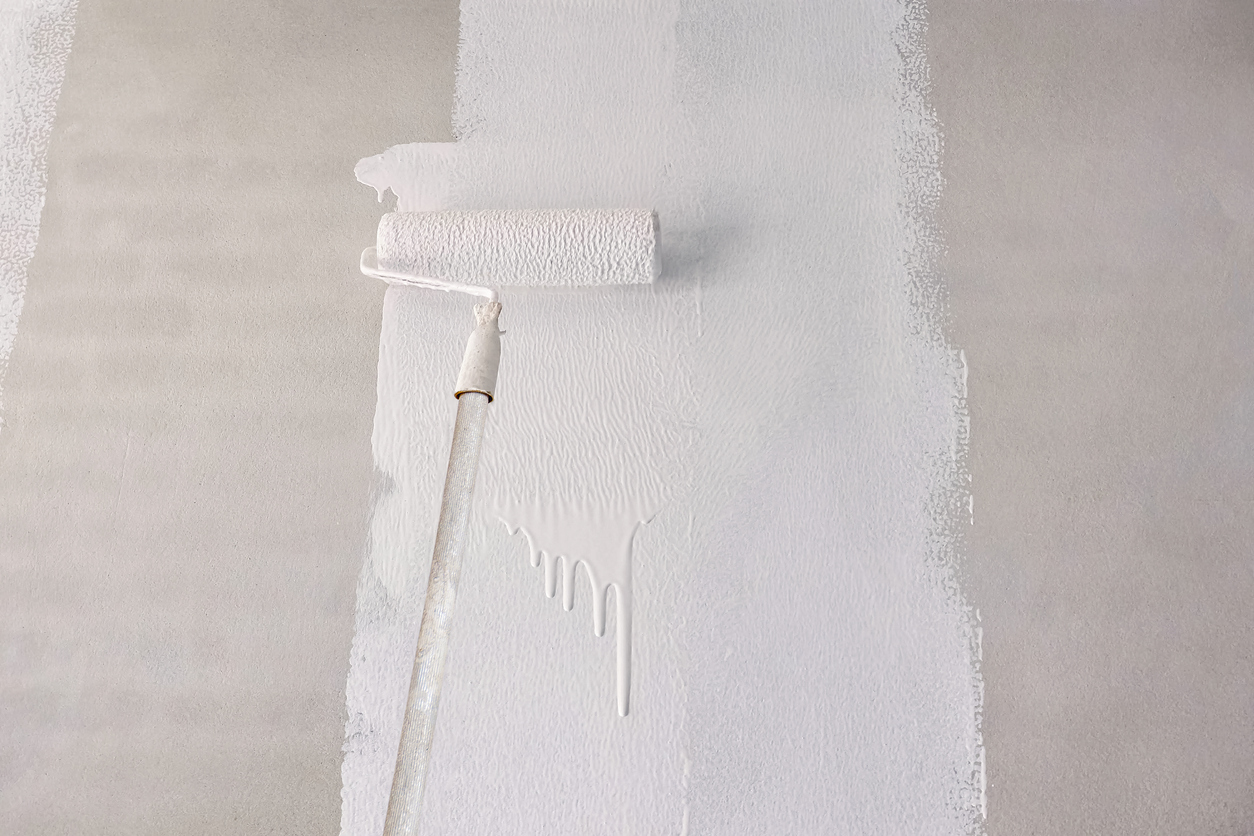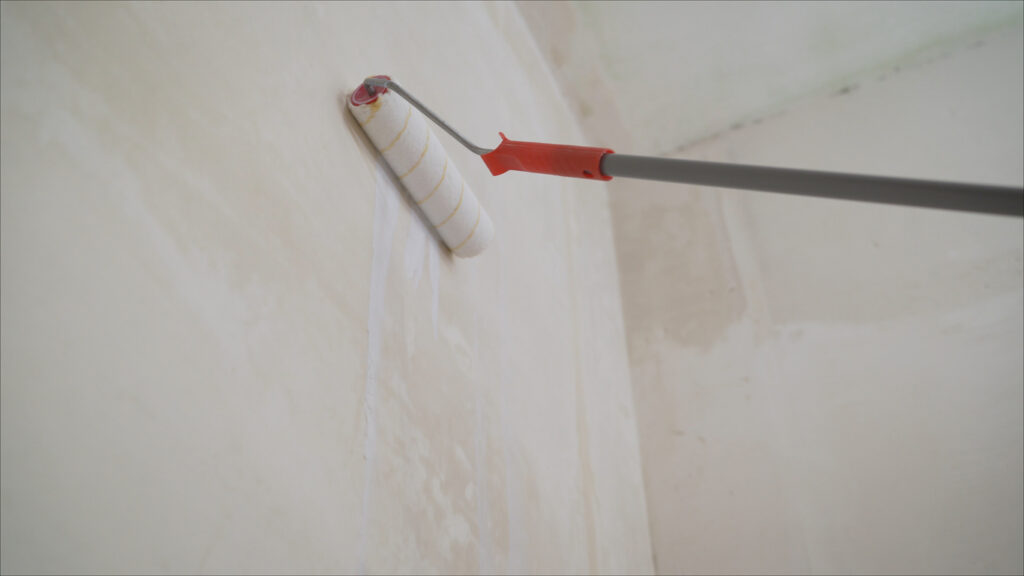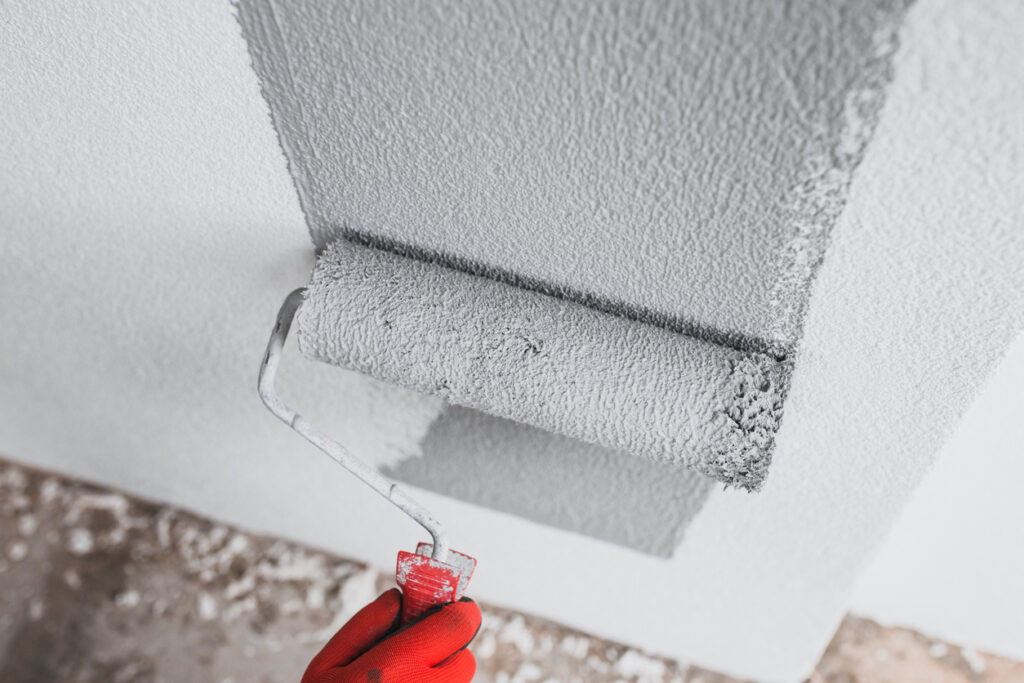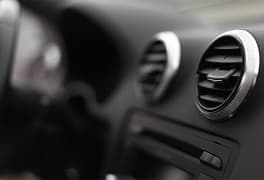
Find a local painter
- Inspiration /
- Indoor projects /
- Design & decor /
- What is primer paint?
What is primer paint?
Elevate your painting game with primer paint.
So, you’re gearing up to give your living space a fresh coat of paint. You’ve got your colour palette chosen and your brushes and rollers ready. But have you checked if you have a paint primer before you get started?
Primer paint is the unsung hero that lays the foundation for a flawless finish when painting. Think of it as the base coat that prepares your surface. Its primary role is to provide a smooth, uniform surface that enhances the final paint coats’ adhesion, durability, and colour vibrancy.
If you’re wondering what primer paint is and why it’s essential for your painting project, you’re in the right place. Let’s delve into the world of primer paint and uncover its secrets.
Understanding paint primers

Paint primers typically comprise resins, solvents, and additives designed to penetrate and seal porous surfaces while promoting adhesion. They come in various formulations tailored to different surface types and painting conditions.
When selecting a primer, consider its volatile organic compound (VOC) content, as high VOC levels can contribute to indoor air pollution and health issues. Opting for low-VOC or zero-VOC primers promotes a safer indoor environment without compromising the quality of your paint job.
Benefits of using a primer before painting
Adhesion and longevity
Overly porous surfaces absorb too much paint, requiring several coats to achieve a protective coating. On the other hand, excessively glossy surfaces make it more difficult for paint to adhere. Paint primer preps the surface for better paint adhesion because of its slightly rough and porous texture. Better adhesion ensures a longer-lasting paint job, reducing the chance of peeling or chipping over time.
Conceals stains and imperfections
By providing a smooth canvas for your paint job, primer hides spots that have been repaired or patched. It also further blocks and conceals water stains, grease marks and other discolourations, ensuring your freshly painted finish is flawless.
Saves you time, money and effort
A primer is used to create a uniform base for paint application. This lets you apply a seamless one-coat polish. Its ability to even out surface texture and absorb light reduces the need for multiple coats of paint.
Enhanced colour vibrancy
Paint primer neutralises the colour of your surface so that when you apply fresh paint, the true colour shines through brilliantly. The primer eliminates any undertones or variations in the surface colour, ensuring that your chosen paint colour appears precisely as intended. Talking to a colour consultant can help you select the right hues for your home.
When to use paint primers
You don’t always need paint primer for every fresh coat of paint. But using primer paint ensures a smooth paint job all around.
Porous surface
Porous materials, such as bare wood, concrete, and drywall, can easily absorb moisture, making them vulnerable to various types of corrosion over time. This absorption can cause warping, cracking, and degeneration of the material. These surfaces can be effectively sealed using a primer, providing a protective barrier that keeps moisture out.
Glossy surfaces
High-gloss walls have a smooth and shiny appearance, which also makes it difficult to apply paint since they lack roughness. To improve paint grip, apply primer and lightly sand the surface to create a rougher texture for greater adhesion. For best results, applying two coats of priming to provide complete coverage and improve the paint bond is recommended.
Stained surfaces
It’s always best to prime stained or spotted surfaces first before painting. Oil-based and shellac primers are the best options for sealing and blocking stains on surfaces. Whether you have watermarks, rust, oil or other defects, a layer of stain-blocking primer will cover them up. These primers form a strong barrier, preventing stains from leaking and resulting in a flawless paint surface.
You’re painting a light colour over a dark colour
Applying a primer before repainting a wall from a dark to a lighter colour lets you start with a neutral base that hides the old paint. This allows the new one to shine vibrantly and evenly.
You’ll usually need two layers of white primer if the previous colour is extremely dark. You can also choose a tinted primer so that its hue matches the wall finish, minimising the number of primer and colour coats required for coverage.
Different types of primer paint

There are three main types of primers, each with its features and benefits, so selecting the right one is important.
Oil-based primer
Oil-based primers are versatile and work with various paints, including oil-based and latex paint, making them a popular primer choice. These primers provide greater coverage, effectively concealing stains on the wall and keeping them from showing through the paint. When dry, oil-based primers give a hard and resilient surface that resists peeling, flaking and chipping, ensuring long-term results.
These primers are typically used on wood, metal, and previously painted surfaces. In addition to stain blocking, they can prevent colour bleeding from wood knots and tannin stains on unfinished or fresh wood.
A disadvantage of oil-based primers is that they must be disposed of correctly and carefully, requiring harsh thinners and solvents to clean brushes and applicators. Also, compared to other primer types, they need more time to dry and may produce VOCs during the process. To reduce VOC exposure, it is recommended to use oil-based primers with proper ventilation.
Shellac primer
A shellac primer can be practical when dealing with heavily stained walls such as graffiti, smoke stains, and watermarks. It works with latex and oil-based paints, perfect for repainting projects. Its excellent adhesive properties protect wood, plastic, metal, and old varnish surfaces.
Shellac primers dry more quickly than oil-based primers, so they’re ideal for spot-priming smaller surface areas, like cabinet painting and wood sealing. However, they are sensitive to high temperatures and are not water-resistant–they’re only suitable for interior painting applications. Another drawback is that they emit stronger fumes and require denatured alcohol for thinning and cleaning applicators.
Latex-based primer
Latex primer stands out as one of the most eco-friendly options available in low- or no-VOC formulations. This water-based acrylic resin dries quickly and cleans up easily with soap and water. It’s commonly used on unfinished drywall to smooth out patchwork and repairs, and it’s also suitable for brick walls, softwood, galvanised metal fences, and concrete.
While latex-based primers are versatile and work well on various surfaces, they may not be as durable as oil-based primers due to fewer additives. Additionally, they may not provide as effective coverage for stains.
Priming tips and techniques you should know
- Clean the surface thoroughly before priming. Ensure your surface is free from any dirt, dust, grease or other contaminants. Use a mild detergent and water to clean the surface and let it dry completely before priming. Also, inspect the surface for any imperfections or damage that may need to be addressed before priming.
- Use high-quality brushes or rollers for application. For latex primer, opt for synthetic brushes like polyester or nylon. Natural bristle brushes are ideal for oil-based primers and shellac primers.
- Apply primer in thin, even coats, allowing sufficient drying time between coats. This prevents drips, streaks, or uneven coverage. Don’t overload the brush or roller with primer, leading to excess buildup and a less uniform finish. When you allow each coat of primer to dry completely in between coats, you ensure proper adhesion and help achieve optimal coverage.
- Sand the primed surface lightly before applying the final paint coat. This helps to smooth out any imperfections and creates a slightly rough texture that promotes better adhesion of the final paint coats. Be sure to remove any dust or debris from sanding before painting.
- Address any imperfections or inconsistencies before proceeding with painting. Carefully inspect the primed surface for unevenness, streaks, or missed spots. Address any issues by sanding, spot-priming, or applying additional coats of primer as needed to ensure a smooth and uniform base for painting. Taking the time to correct any imperfections before painting will help to achieve a high-quality paint job.
Prime your surface for success
A paint primer is the secret weapon that sets the stage for a professional and long-lasting paint job. By understanding its role and benefits, you can ensure that your painting project achieves the desired results.
And if you’re unsure or overwhelmed, don’t hesitate to get the help of professional painters who can ensure a flawless finish every time. With experts as your ally, your painting endeavours will surely be a resounding success!
FAQs on paint primer
How many coats of primer should I apply?
The amount of primer needed varies based on the material and condition of your walls. If the wall is in good condition and you’re not changing finishes or making a drastic colour change, one coat of primer should suffice. But for best results, apply two coats of primer if you paint over a darker colour, a glossier paint finish, or a porous surface.
If your wall has more serious issues, such as staining or rough patches, you may need to apply three coats of primer to address these issues effectively.
How long can I leave the primer on before painting?
It can take up to 3 hours, depending on temperature and humidity. When the primer has completely dried, it’s time to paint.
To see if your primer is dry, lightly push your fingers against the wall. It’s not yet ready if the primer feels tacky or rubs off on your fingers. On the other hand, if it seems dry and smooth to the touch, you can go ahead and paint.
What happens if you don’t prime before painting?
Skipping primer before painting could lead to a subpar paint job that lacks longevity and visual appeal. Without proper preparation, it could lead to bubbling, peeling, textured appearance, or visible stains, compromising the overall quality and durability of the paint finish.
How much will your job cost?
The Oneflare Cost Guide Centre is your one-stop shop to help you set your budget; from smaller tasks to larger projects.



